Isis in Iraq and Syria: Daesh armed and dangerous with tanks, missiles and assault rifles
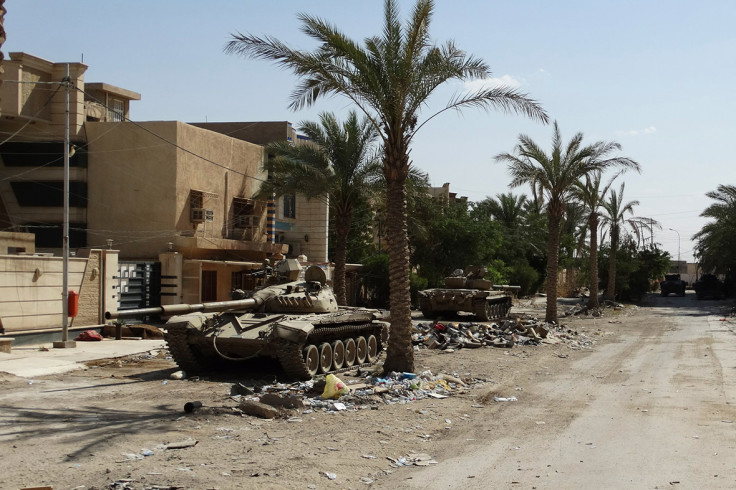
Islamic State (Isis) may be relatively new on the Middle East terrorist scene but it emerged in a region already awash with weapons. Decades of warfare, either between neighbouring states or within borders, has seen weapons from over 25 countries in circulation in Iraq and Syria alone – dating from Syria's recent bloody conflict, through ten years of violence in Iraq, and all the way back through the Cold War years to the Second World War.
A report this week by Amnesty International has attempted to document the weapons that IS (Daesh) has at its disposal in Iraq and Syria today. Most were looted from the Iraq army when IS swept into Mosul in June 2014; some were stolen from the Syrian army by other factions active in both countries. The IEDs that have been such a menace to anti-IS forces, have been fashioned from other weapons, as have make-shift mortars or suicide vests.
The research was carried out by monitoring video and photographic evidence published by IS from Syria, and assessing caches taken from the group during military victories in Iraq and Syria. From heavy machine guns and assault rifles, to surface-to-air and anti-tank missiles, the terrorist network is heavily armed and exceedingly dangerous.
Many of the weapons had been sold to the Iraqi or Syrian governments in the past and are now in the hands of IS. Few weapons will have been sold to IS by anyone outside Iraq or Syria directly, but over half the group's weaponry is believed to have come from Russia or China, and 20% from the US.
It is known, for example, that some of the US TOW anti-tank missiles sold to anti-Assad groups have found their way to IS, where they risk being used to attack the very people who created them – the Americans – over the skies of Iraq and Syria.
A huge proportion will also have come from the Iraqi army from as far back as a decade ago, when the US disbanded the Saddam-era armed forces and police, making tens of thousands of armed fighters unemployed. Many of those people went over to join the nascent insurgency that raged in western Iraq long before the rise of IS, and set the foundations of the group in Iraq today.
Assault rifles
The main rifles used by IS are Chinese or Russian AKs (which stands for Avtomat Kalashnikov) which have been used by the Iraqi army for decades. Amnesty reported Russian AK-74M have been sighted, possibly looted from Syrian army stocks.
IS has also captured US M16 rifles and Chinese CQ assault rifles, Iraqi manufactured Tabuk M70 rifles, and even 1960s era German Walther KKJs. They are believed to have a limited number of Russian and Austrian-made sniper rifles.
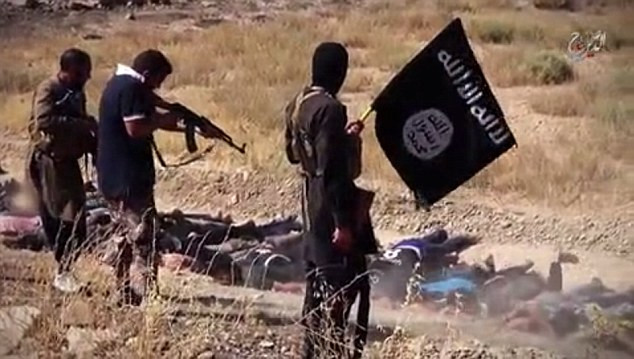
Heavy machine guns
The machine gun of choice in Syria and Iraq is the Russian PKM, which was first used in the 1960s and can fire 650 rounds per minute at a range of over 3,000 feet. Chinese and Iraqi versions of the weapon have also been found, as well as a German Rheinmetall MG3, which may have been captured from Kurdish forces. The Kurds have re-captured a vintage Browning machine gun which it is estimated dates back to the 1940s that could have been stolen from Iraqi army reserve stocks.

Handguns
An IS execution video has shown a fighter using the famous German Walther P99, while caches of Browning and Glock pistols have been discovered by Kurdish forces. IS fighters have also been photographed with M9 Berettas and 9mm semi-automatic pistols.
Ammunition
The ammunition used by IS comes from a total of 21 countries. China and Russia account for over half of the cartridges retrieved from sites in Kurdish held areas of Iraq and Syria while 20% was manufactured in the US – most of which is thought to have been looted from Iraqi army stocks.
Anti-tank weapons
IS uses the RPG-7, which are effective against Iraqi army M1A1 Abrams tanks. IS are also in possession of more sophisticated guided anti-tank missiles, including US-made TOW 2A systems which are now in wide use across Syria by US-backed rebels. The use of TOW missiles by US-approved rebels is heavily controlled by the Pentagon, with each use having to be documented and logged. IS used the Russian-made 9K135 Kornet anti-tank guided weapon during its seizure of Mosul in 2014.
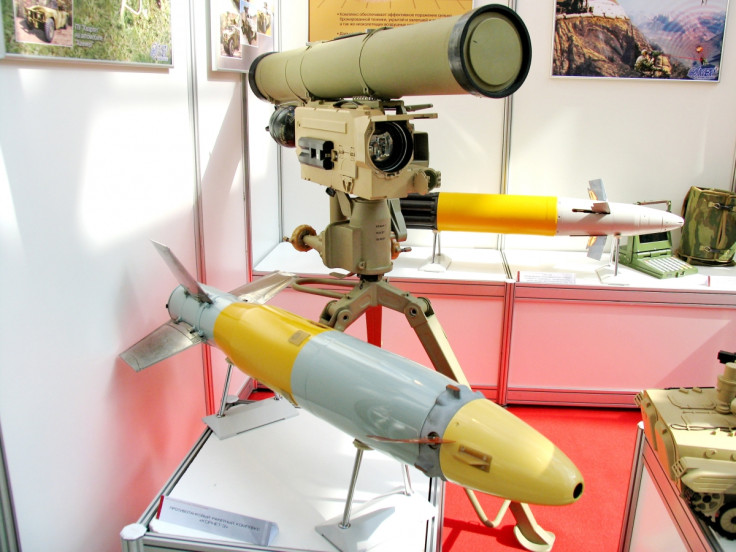
Mortars and artillery
IS captured a number of mortars from the Iraqi army, some modern and others dating back to the Second World War. There has not been a great deal of documented use of the weapons in pictures and videos, but IS have used home-made mortars in the 80-100mm range, the report said.
IS captured an unknown quantity of 155mm M198 towed howitzers from Iraqi military stocks during its capture of Mosul in June 2014, along with the older Chinese Type 59-1, which the Iraqi army used extensively during the 1980-1988 Iran-Iraq war
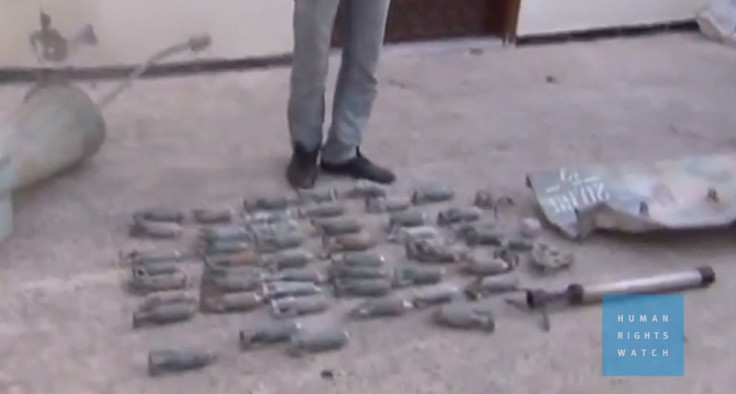
MANPADS
The biggest weapon in the IS arsenal, Iraq imported 5,600 Russian made SA-7 man-portable air defence systems (MANPADS) in the 1970s and 80s. Many of these weapons were sold on the black market after the US invasion in 2003, and US forces frequently found MANPADS during the conflict and in its aftermath. IS has used MANPADS in attacks on both Iraqi and US planes as recently as this year, although it is not clear how many of the weapons they possess.

Armoured fighting vehicles
Most armoured vehicles currently in use by IS are Russian- or US-made and were captured from Iraqi military stocks. IS has captured some Chinese and US Abrams tanks in Iraq but has appeared to have destroyed most of them. Amnesty has found no evidence of their use in the conflict.
IS has captured hundreds of light armoured vehicles that were in service with the Syrian and Iraqi armies, but the vast majority of these appear to be only a few models of Russian- and US-made Armoured Personnel Carriers (APCs) and Humvees.
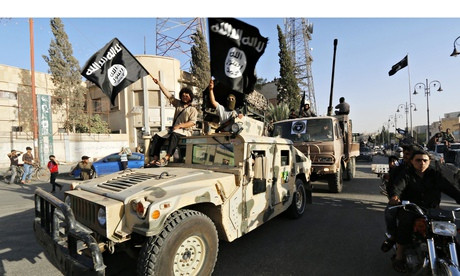
Home-made weapons and ammunition
IS has faced serious materiel supply challenges and has resorted to adapting military hardware into home-made weapons, including hand grenades, improvised explosive devices (IEDs), rocket assisted munitions, launch rails for rockets, mounting systems, and vehicles clad with makeshift armour. IS has often booby-trapped cities and towns that it has retreated from, such as Tikrit.
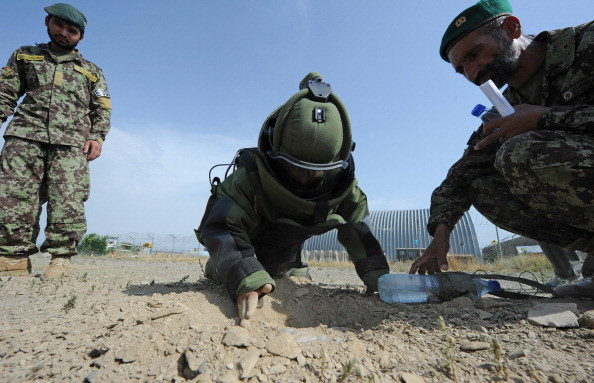
Banned weapons
The Syrian army of Bashar al-Assad has deployed cluster bombs in Syria, which are prohibited under the Convention on Cluster Munitions. Kurdish forces photographed an unexploded Chinese made cluster bomb outside Kobane and reported further attacks in July and August 2014, suggesting that IS has used the banned weapon.
According to the report, IS has used IEDs containing poison-coated metal balls. It was reported in August 2015 that IS may have deployed a mustard agent in attacks on the towns of Makhmourand and Marea, but these reports are unverified.
© Copyright IBTimes 2024. All rights reserved.







